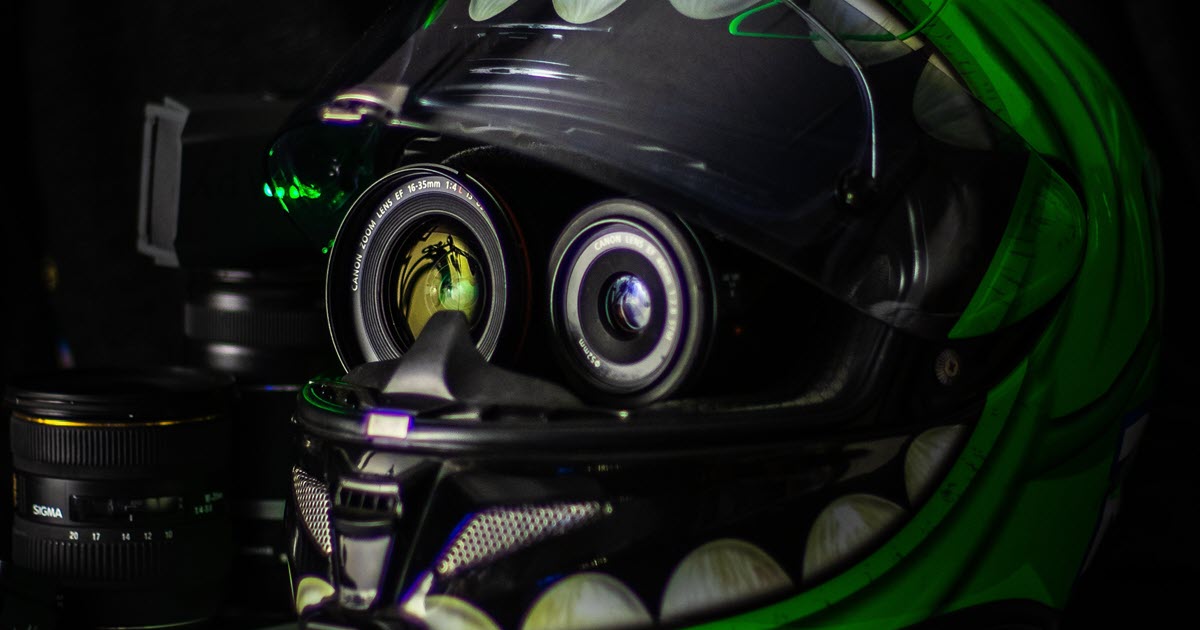- Published on
Computer Vision Pipelines - Top 20 Python Libraries for Image and Video Use Cases
- Authors
- Name
- Nathan Peper

Computer Vision
Techniques to analyze, manipulate, and interpret images and videos.
Computer Vision Stages:
- Image Acquisition: Capturing visual data using cameras, sensors, or other imaging devices.
- Preprocessing: Enhancing quality for further analysis through additional steps, such as resizing, normalization, noise reduction, color correction, contrast enhancement, brightness adjustments, and sharpening.
- Feature Extraction: Identifying and representing distinct visual patterns or structures within the image. This could include edges, corners, textures, or more complex attributes.
- Feature Selection/Reduction: Initial sets of extracted features might be too large or redundant. Feature selection or reduction techniques aim to retain the most informative features while discarding less relevant ones. This helps to reduce computational complexity and improve efficiency.
- Analysis: The primary analysis objectives in computer vision use cases may include object detection and/or recognition for identifying and localizing an item of interest, object tracking to follow the movement of objects across video frames, image segmentation to divide and label an image into meaningful segments, and feature matching to compare and/or align multiple images for image stitching or 3D reconstruction.
- Postprocessing: Refines the results by filtering out false positives, smoothing object boundaries, filling in gaps, clustering, or combining multiple results.
- Interpretation/Decision Making: Once relevant information has been extracted from the visual data, CV systems can use this information in their decision-making processes.
- Visualization: Visualization or Display to users in a human-interpretable format such as annotated images, rendered 3D models, generated heatmaps, etc.
Computer Vision Techniques:
Facial Recognition
The most widely used applications of computer vision. It involves the detection and recognition of human faces in images and videos.
Applications: security, biometrics, authentication, entertainment, and facial expression and emotion analysis.
Object Detection
Involves the identification and localization of objects in images and videos.
Applications: robotics, autonomous vehicles, and surveillance.
Algorithms: R-CNN, Fast R-CNN, You Only Look Once (YOLO), Single Shot MultiBox Detector (SSD), and Region-Based Fully Convolutional Networks (R-FCN)
Optical Character Recognition (OCR)
Recognize and convert printed or handwritten text within images or scanned documents into machine-readable text.
Applications: document digitization, text extraction, and accessibility.
3D Vision and Depth Estimation
Estimating depth through the analysis of single or multiple images.
Applications: 3D reconstruction, augmented reality, and robotics.
Algorithms: monocular depth estimation and stereo vision methods.
Image Classification
Assigning labels or categories to images based on their content.
Applications: medical diagnosis and self-driving cars.
Algorithms: Deep CNN such as ZFNet, GoogLeNet, VGGNet, ResNet. DenseNet.
Object Tracking
Following a specific object of interest, or multiple objects, in a given scene.
Algorithms: stacked autoencoders (SAE) and convolutional neural network (CNN), fully-convolutional network tracker (FCNT), and multi-domain CNN (MD Net)
Semantic Segmentation
Divides whole images into pixel groupings which can then be labeled and classified.
Algorithms: U-Net, Fully Convolutional Network (FCN), Dilated Convolutions, DeepLab, and RefineNet.
Instance Segmentation
Goes beyond semantic segmentation by not only labeling each pixel but also distinguishing between individual instances of the same object class, such as labeling 5 cars with 5 different colors.
Algorithms: Mask R-CNN.
Image Captioning
Combines computer vision and natural language processing to generate textual descriptions of images.
Super-Resolution
Enhances the resolution of images, making them sharper and more detailed.
Algorithms: Super-Resolution Convolutional Neural Network (SRCNN).
Top 20 Python Libraries
While there's no simple and perfect way to quantify the popularity of software packages with all of the various paths they can be installed, mirrored, cached, and delivered through different channels, the following list includes links to GitHub repos with the number of stars and forks, PyPI monthly downloads, Libraries.ioSourceRankings, and the GitHub star history to compare and identify trends.
OpenCV by OpenCV
Loading...
Click to see GitHub star history
opencv-python by OpenCV
Loading...
Click to see GitHub star history
Face Recognition by Adam Geitgey
Loading...
Click to see GitHub star history
YOLOv5 by Ultralytics
Loading...
Click to see GitHub star history
PyTorch Image Models by HuggingFace
Loading...
Click to see GitHub star history
Detectron2 by Facebook AI Research
Loading...
Click to see GitHub star history
MMDetection by OpenMMLab
Loading...
Click to see GitHub star history
InsightFace by Deep Insight
Loading...
Click to see GitHub star history
TorchVision by PyTorch
Loading...
Click to see GitHub star history
Vision Transformer (ViT) PyTorch by Phil Wang
Loading...
Click to see GitHub star history
Albumentations
Loading...
Click to see GitHub star history
Pillow by Python Imaging Library
Loading...
Click to see GitHub star history
MoviePy by Zulko
Loading...
Click to see GitHub star history
PaddleDetection by PaddlePaddle
Loading...
Click to see GitHub star history
Kornia
Loading...
Click to see GitHub star history
ImageAI by Olafenwa Moses
Loading...
Click to see GitHub star history
PaddleSeg by PaddlePaddle
Loading...
Click to see GitHub star history
deepface by Sefik Ilkin Serengil
Loading...
Click to see GitHub star history
Gluon CV Toolkit by DMLC
Loading...
Click to see GitHub star history
scikit-image by SciPy
Loading...
Click to see GitHub star history
As always, let me know if I'm missing any great libraries and developments in this area to help people get started with building AI applications for their own use cases!